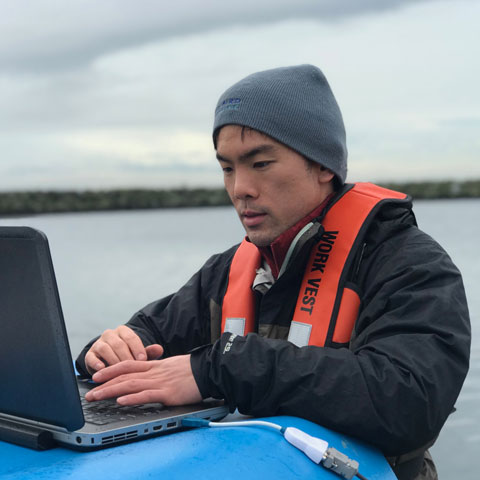- PRODUCTS
- MODEL LIST
- APPLICATIONS
- SUPPORT
- SALES/SERVICE
- BLOG
- ABOUT
Ocean Acidification: High-Frequency Long -Term Measurements of pH and Deployment Best Practices
Orignal Broadcast: Thursday, July 18th, 2019 at 1PM ET/10AM PT
Recording of a Live Webinar
Ocean acidification is happening. We can predict it through climate models, see it in pitted calcium carbonate shells, and feel it through aquaculture collapse. However, pH sensors are in dire need of an overhaul before we can confidently track this problem with the necessary quantitative accuracy. While the prevailing technology—glass electrode pH sensors—has served us well for years, inherent limitations of these instruments prevent them from taking part in the long-term installations that have redefined how ocean scientists gather data.
Keep up to date on the latest changes in ocean pH measurement technology by watching this recording of Sea-Bird Scientific’s live webinar on ISFET pH sensors. During this webinar, our Senior Chemist Charles Branham, Ph.D. covered technical information and advantages of using ISFET pH sensors. Our Content Development Manager Greg Ikeda talked about best practices for deploying and maintaining the SeaFET V2, SeapHOx V2, and Deep SeapHOx V2, three moored ISFET pH sensors offered by Sea-Bird Scientific.
About the Speakers

Dr. Charlie Branham received his B.S. in Chemistry from Texas A&M University, M.S. in Analytical Chemistry from the University of Washington and Ph.D. in Process Analytical Chemistry from the University of Washington. He was also a Postdoctoral Fellow and Senior Chemist at the Applied Physics Laboratory in Seattle, WA prior to joining Sea-Bird. Charlie’s research interests are focused on developing stable, robust, precise and fast responding sensors for the analysis of complex systems. To this end, he has worked to improve current and design new optical oxygen sensors for use in a variety of challenging applications, such as analyzing fermentation media, arterial blood, jet fuel and deep sea hydrothermal vent fluid. In addition to his main research interests, Charlie enjoys using multivariate data analysis techniques to increase the knowledge gained from sensors and instruments analyzing complex industrial, biological, and environmental process streams.

Greg Ikeda received his B.S. in Oceanography from the University of Washington. During this time he logged over 150 days at sea on various research vessels. He joined Sea-Bird Scientific in 2014 as a Technical Support Technician, supporting technical and scientific questions from our customers as well as running field experiments for Sea-Bird Scientific. His role as Content Development Manager leverages his technical and scientific background to create new material ranging from instrument manuals to case studies and whitepapers. He often ventures out as one of Sea-Bird's field scientists to test instruments, conduct experiments, and generate data for future technical content.

